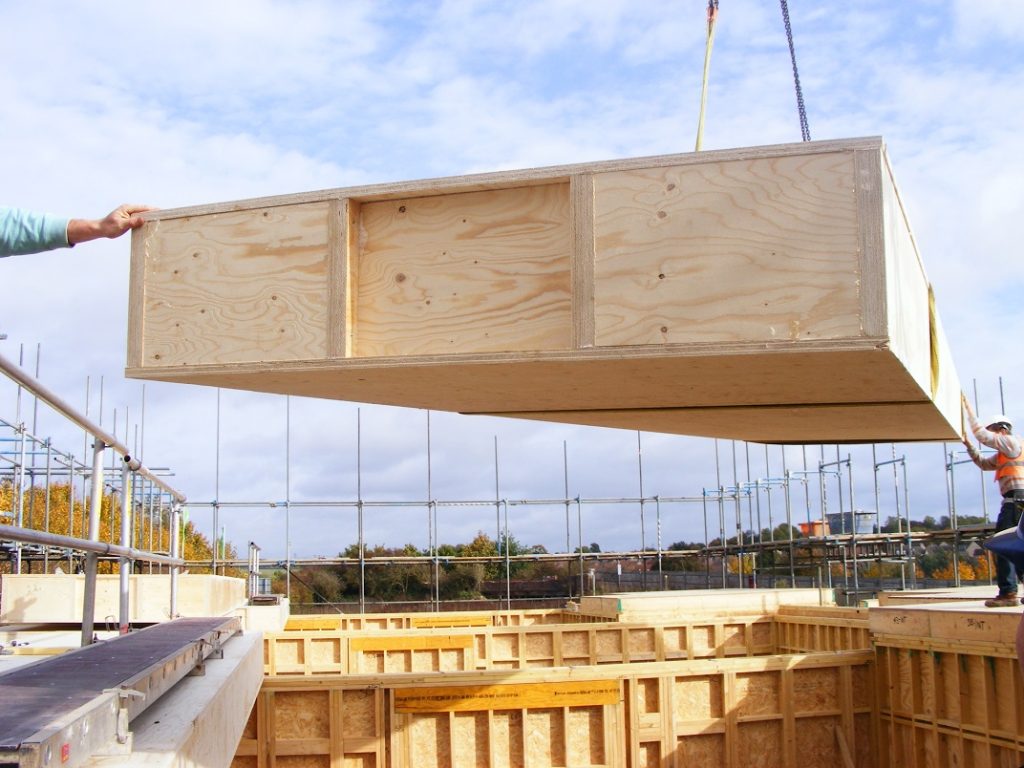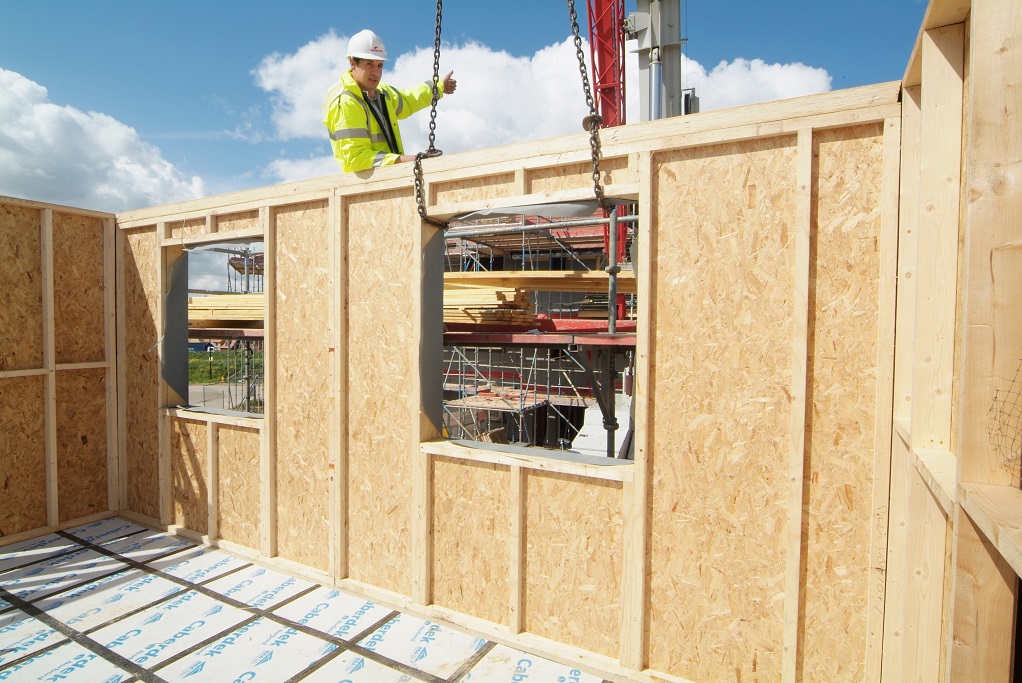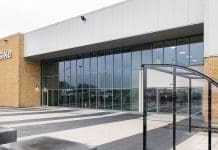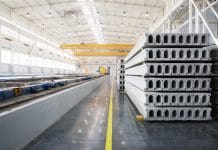Andrew Carpenter, Chief Executive, Structural Timber Association explains why factory-built homes are becoming an increasingly attractive way of building
Greater prefabrication offers more control over quality, productivity and predictability – making offsite construction a great choice for self-builders. With impressive environmental credentials, combined with cost and time efficiencies, structural timber systems are rapidly becoming the building material of choice – currently accounting for around 75% of the self-build market. The solutions are becoming more ‘factory-built’ with greater prefabrication as part of controlled manufacturing processes rather than via construction on site.
Optimising quality, productivity and predictability
The terms ‘offsite manufacture’ and ‘offsite construction’ are now entering the self-build vernacular, and very much replacing the historic ‘prefab’, which can engender negative connotations. Modern options can help to optimise quality, productivity and predictability. In fact, the UK government is now championing offsite methods as a potential silver bullet in resolving the wider housing crisis.
But what do these terms really mean? Well, fundamentally they describe structural systems that are factory-manufactured to an advanced level to allow for onsite assembly (as opposed to construction) via controlled installation processes.
Exact levels of prefabrication can vary, from factory-fitted insulation and pre-cut service channels through to panels that come complete with windows and doors already installed. Even internal finishes and external cladding can be pre-applied – especially where volumetric modular building techniques are used.

Built-in benefits for self-builders
Offsite manufactured structural timber systems have advanced greatly in recent years, and they can offer genuine cost, programme and performance assurances for self-builders.
Indeed, intelligent, integrated construction systems such as closed panel timber frame, structural insulated panels (SIPs) and volumetric modular options are now driving innovation in the timber industry – giving you more choice than the classic kit systems and panelised solutions.
With standards for efficiency constantly ramping up, the construction industry as a whole has faced a real challenge in creating homes that achieve the actual energy performance that’s specified in the design brief. The accuracy and control involved in using timber-based offsite technology overcomes this issue.
It’s not perfect for every project, of course – if your plot suffers from restricted access, for example, highly-manufactured options may not be suitable. But combine the enhanced energy efficiency of these advanced systems with shorter construction timescales, guaranteed build quality and vastly reduced ongoing running costs for the life of the building, and it’s clear that there are compelling reasons to specify these solutions for your project. When it comes to measuring value, taking all of these factors into the equation shows that structural timber systems are a cost-effective option.
Compelling reasons to choose an offsite route
Here are the key advantages of opting for an offsite manufactured solution for your project:
- Speed of construction: The high degree of factory prefabrication enables a rapid build process, which will not be adversely influenced by inclement weather.
- Cost and programme certainty: Offsite construction for onsite installation makes scheduling and costing more predictable than with traditional building methods.
- Quality assurance: Stringent factory-quality control enhances the manufacture of buildings, ensuring you get a modern, high-performance structural envelope for your scheme.
- Energy usage: Thermally efficient, highly airtight structures vastly reduce energy consumption across the life of the building.
- Design flexibility: With a wide range of innovative products and cladding solutions, timber systems can meet the aspirations of designers, architects and self-builders.
- Sustainability: All Structural Timber Association members use timber from PEFC or FSC certified sources, ensuring responsible management of the world’s forests.
In summary, the issues surrounding post-war prefabs are now a dim and distant memory. New offsite methods of timber construction are gaining acclaim across the private residential, social/affordable housing and self-build sectors – winning industry awards for design, performance and product innovation.

Structural Timber Association
As the UK’s leading organisation representing the structural timber sector, including timber frame, structural insulated panel systems, glulam and cross laminated timber, the STA has an objective to enhance quality, drive product innovation and improve construction productivity.
Advancements in structural timber solutions backed by quality schemes, now offer self-builders the reassurance to invest in these innovative construction methods. The Structural Timber Association run STA Assure membership and a quality standards scheme, which is designed to benefit both customers and members alike, promoting the differing specialisms, accreditations and quality standards held by STA members.
There is a wealth of information available to self-builders on the Structural Timber Association website, from advice on structural timber systems to market reports and top building tips together with an online member’s enquiry system. For more information visit: www.structuraltimber.co.uk/self-build
Andrew Carpenter
Chief Executive
Structural Timber Association (STA)
office@structuraltimber.co.uk













